Competitors turned collaborators: Dicerna acquisition sends Novo Nordisk into the arms of rivals Eli Lilly and Boehringer Ingelheim

From now on, Novo Nordisk is no longer just a competitor of Boehringer Ingelheim and Eli Lilly – it is also a close collaborator.
Both companies have entered into research and development partnerships with the US-based Dicerna, which Novo Nordisk is now in the process of acquiring after having made a takeover bid of USD 3.3bn. The new partnership will center on disease areas of interest to Novo Nordisk, such as the non-alcoholic fatty liver disease known as NASH and cardiometabolic diseases.
Eli Lilly is currently Novo Nordisk's biggest competitor on the diabetes market and an upcoming challenger in the obesity area, whereas Boehringer Ingelheim has also moved into Novo Nordisk's fields of interest with the diabetes and heart failure drug Jardiance, which it markets alongside Eli Lilly, and its several drug candidates for NASH.
"We are obviously fully aware of the fact that the deal puts us in this situation, and we will absolutely honor and find mechanisms to work with these collaborations going forward," says Marcus Schindler, executive vice president and chief scientific officer at Novo Nordisk, to MedWatch.
However, he emphasizes that as of now, it is unknown what will happen with the other partnerships as Novo Nordisk cannot speak on behalf of the other parties involved.
"It's a two-way process, and first of all, the aim is for all parties to honor the existing contracts," Schindler says.
Early stage partnerships
Both Boehringer Ingelheim and Eli Lilly signed deals with Dicerna before Novo Nordisk entered the picture.
Eli Lilly's collaboration is the most advanced and has, for the time being, yielded two candidates making it to clinical development, where they are being tested in a phase I trial against unnamed cardiometabolic diseases.
An additional three preclinical drug candidates targeting the same therapy area have come from the partnership.
As for Boehringer Ingelheim, its collaboration with Dicerna, which was initiated in 2017, has been about new treatments for chronic liver diseases, including the fatty liver disease NASH. Novo Nordisk has been hoping to one day be able to treat the same disease, and the pharmaceutical company is currently testing the molecule semaglutide against it, just as NASH is one of the focus areas of Novo Nordisk's new deal with Dicerna.
Despite overlapping interests, says Schindler, Novo Nordisk has no intentions of terminating the partnerships with Boehringer Ingelheim, Eli Lilly, and others, and the parties are also contractually bound.
"They are our competitors just as we're their competitors. It is up to the other parties in this equation to see where they would like to take their existing collaborations with Dicerna," says Schindler.
Into the Novo Nordisk fold
Once the acquisition has concluded, Dicerna and its 300 employees will join the Novo Nordisk fold – they will, however, retain their base in Lexington, Massachusetts.
"We will maintain their biotech spirit as much as possible by turning it into a transformational research unit," says Schindler, underscoring that a number of Novo Nordisk's existing R&D units already function with a high degree of autonomy from the parent company.
"The way it works is that through strong leadership, ring-fenced budget decision making and the important part – they are distinct from a spinout, for example, as we are cognizant of synergies, open communication and strong collaboration with other parts within Novo Nordisk. So it's truly trying to both integrate, without assimilating, and to keep the biotech spirit to move fast, while also benefitting from the powerhouse that we have built internally within research and early development," Schindler explain.
Does that mean the company will get to keep the Dicerna name, or will it be called Novo Nordisk in the future?
"That is actually not a decision we have made at this point in time," the EVP says.
Partnership options have an unclear future
Another aspect that remains unclear at the moment is Dicerna's possibility of entering into new collaborations and partnerships in the future.
Schindler explains that Novo Nordisk will do its utmost to keep Dicerna's flexibility alive, adding that several of the parent company's R&D units have plenty of partnership options.
"Our translational transformation research unit for the cell therapy actually lives and breathes through collaborations, so we see collaborations as a way to enhance Dicerna's platform technology. But of course, it's a discussion that will need to be had at a later date about the definition and the scope of those partnerships, but we certainly don't want to lock Dicerna into being an immobile unit," says Schindler.
Novo Nordisk acquires Dicerna for USD 3.3bn
Huge acquisition scores Novo Nordisk an FDA-ready treatment
Eli Lilly reaps rewards of Novo acquisition
Semaglutide fails in phase II trial within fatty liver disease
Related articles
Eli Lilly reaps rewards of Novo acquisition
For subscribers
Novo Nordisk acquires Dicerna for USD 3.3bn
For subscribers

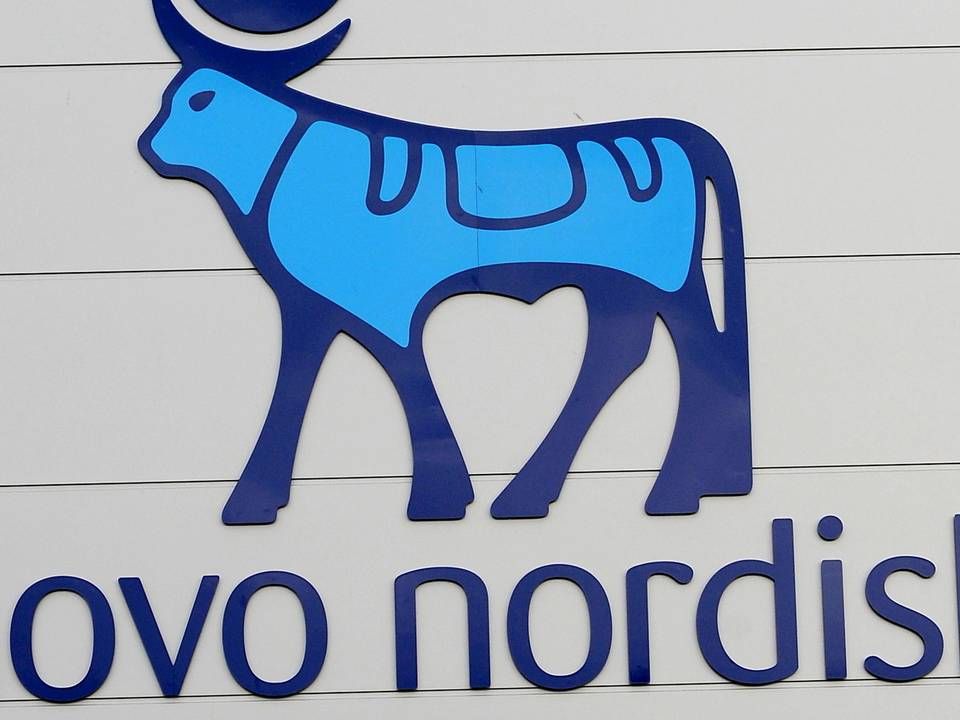
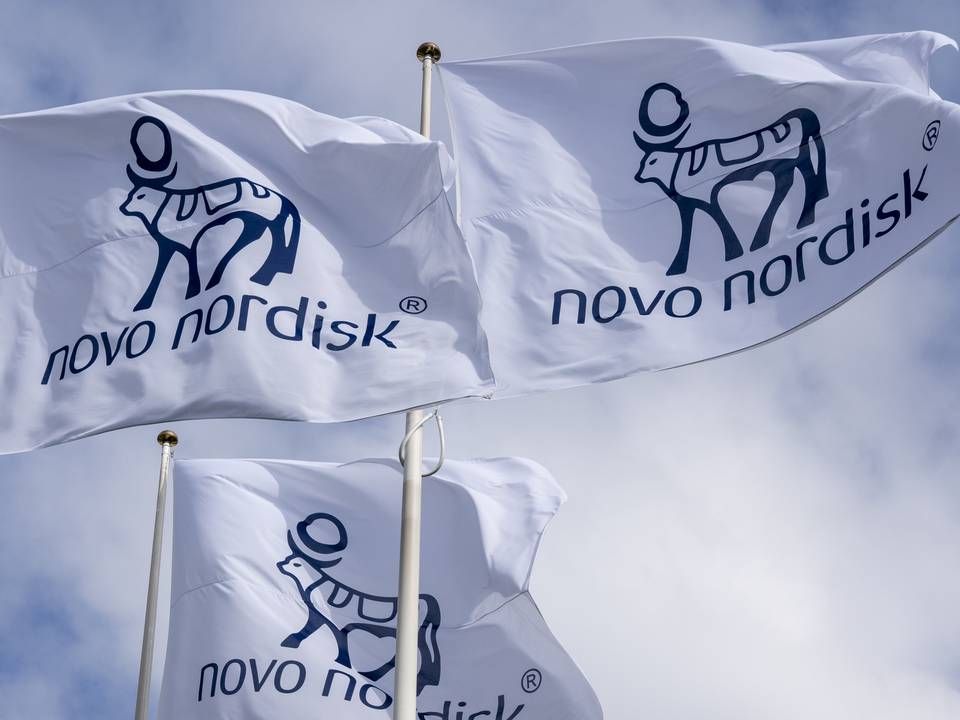
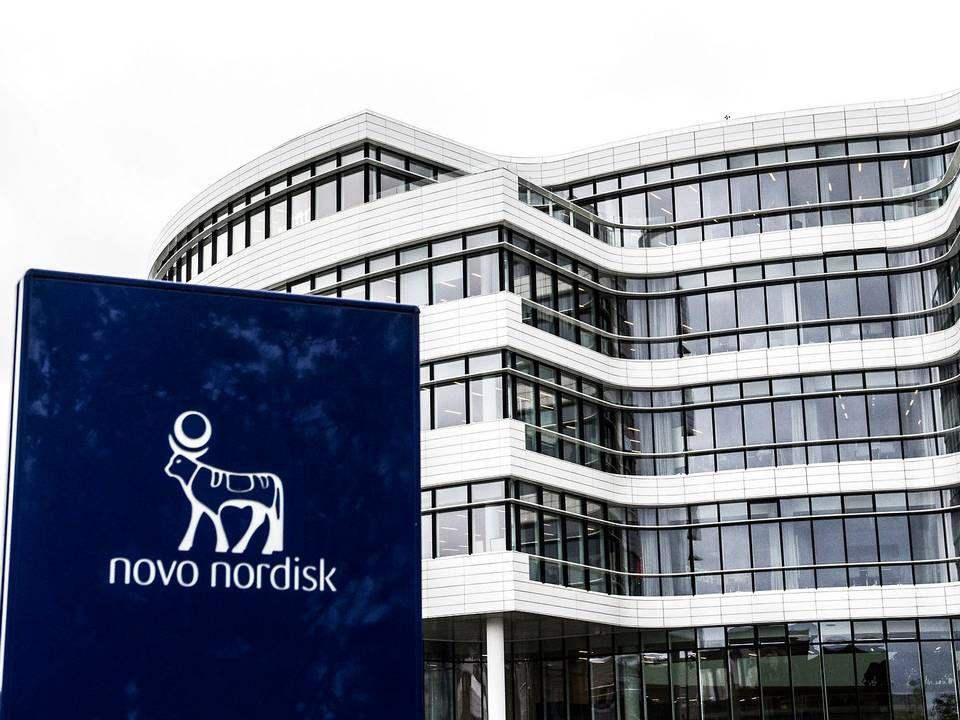

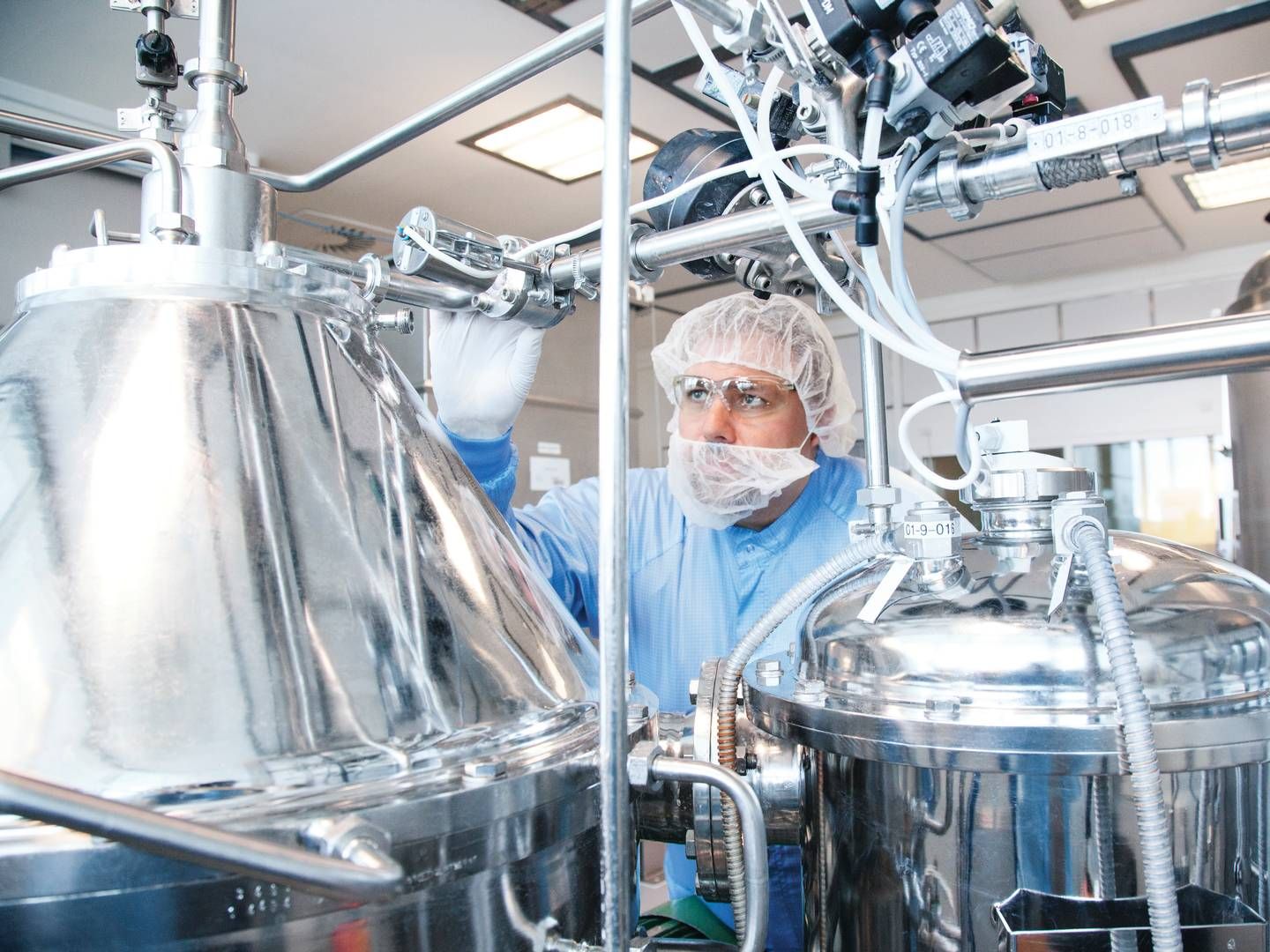
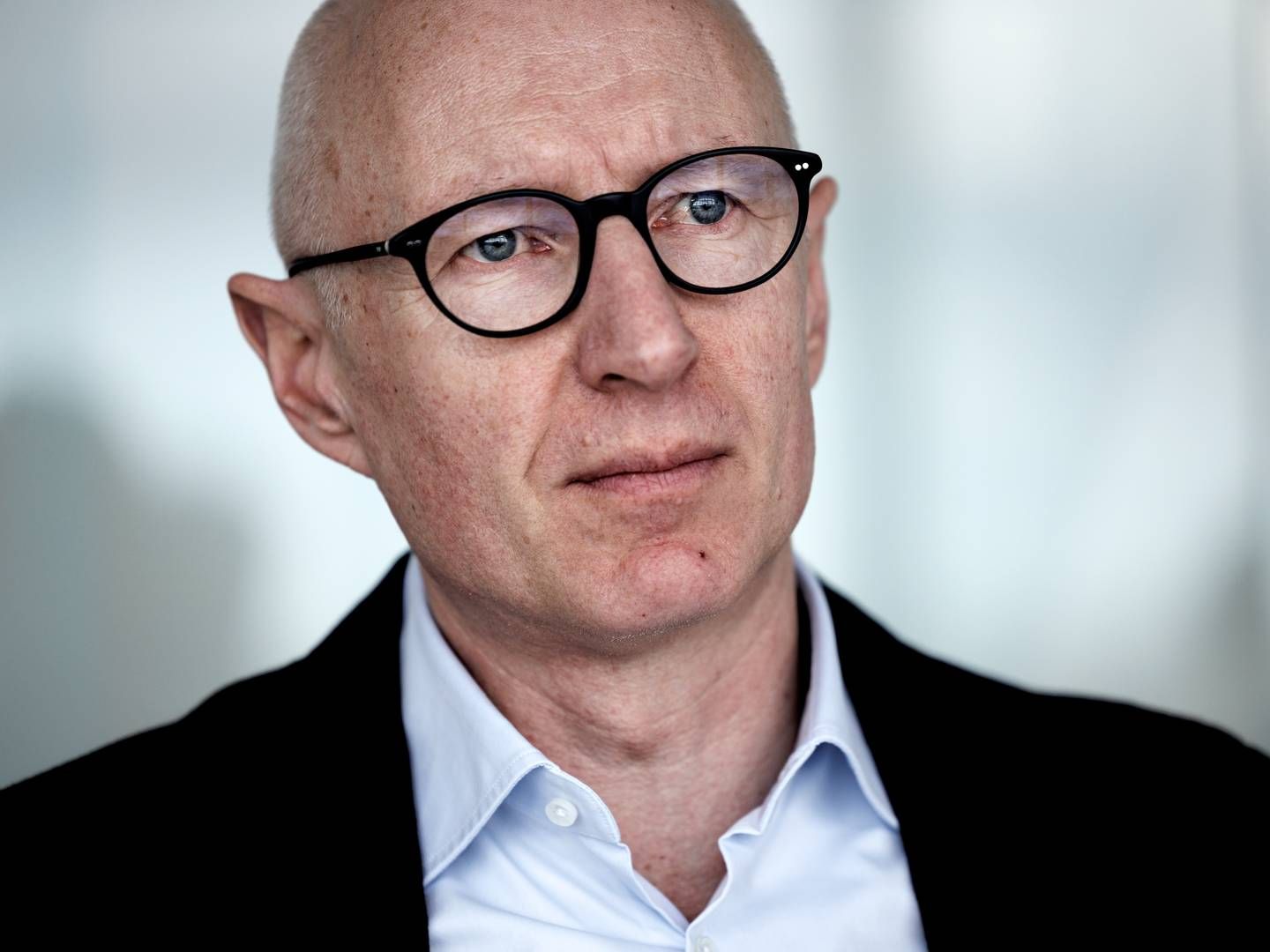
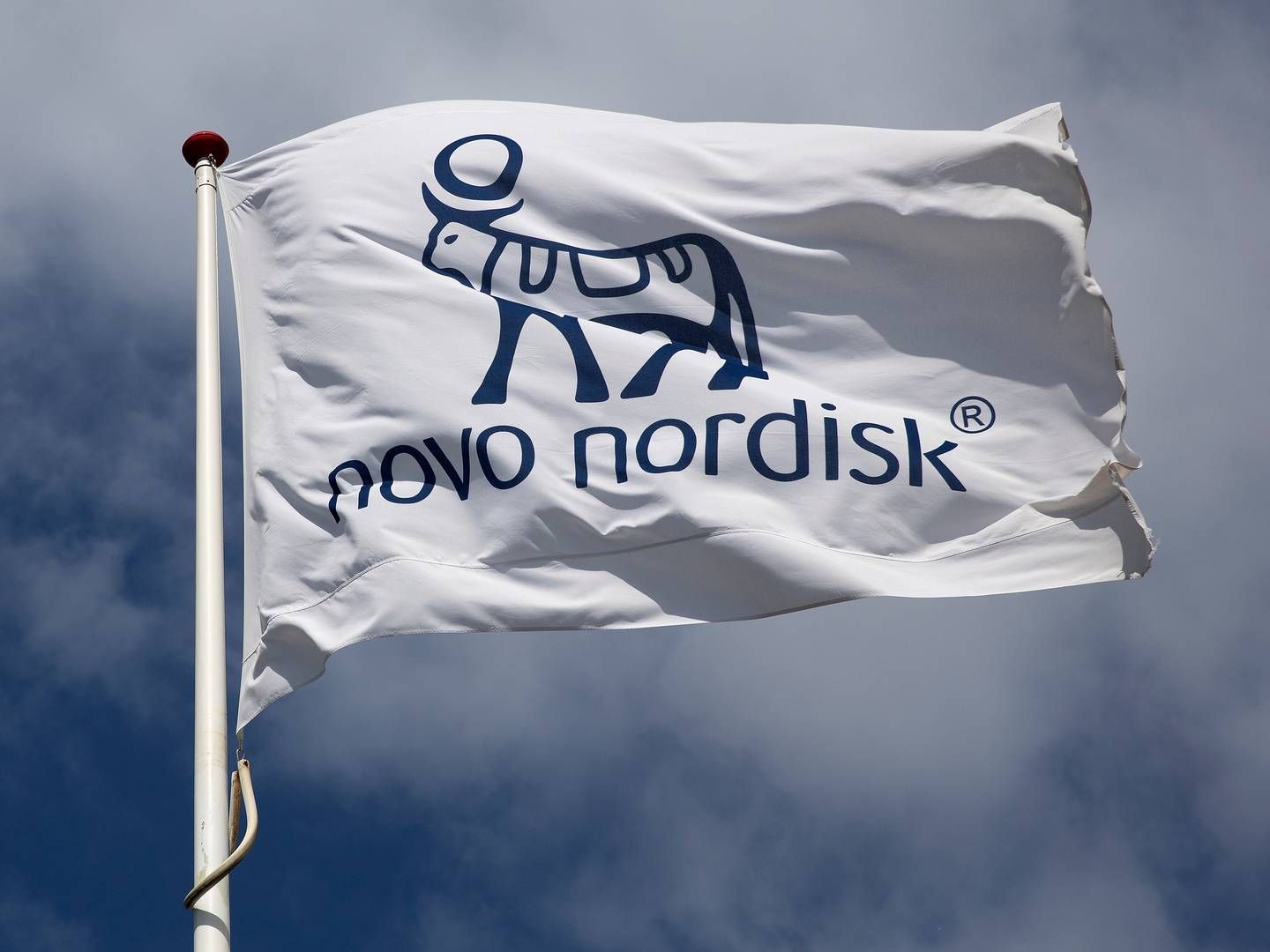
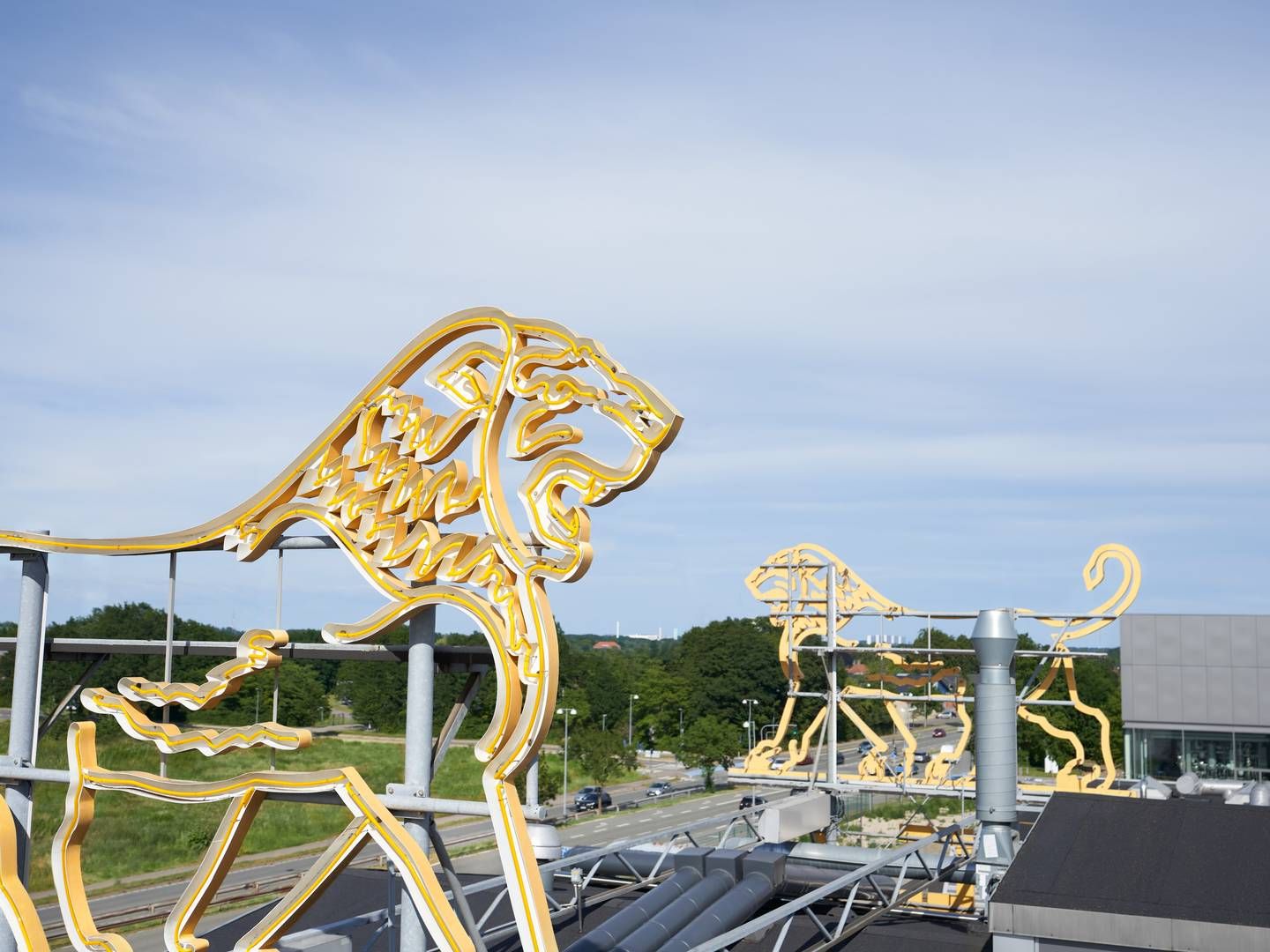


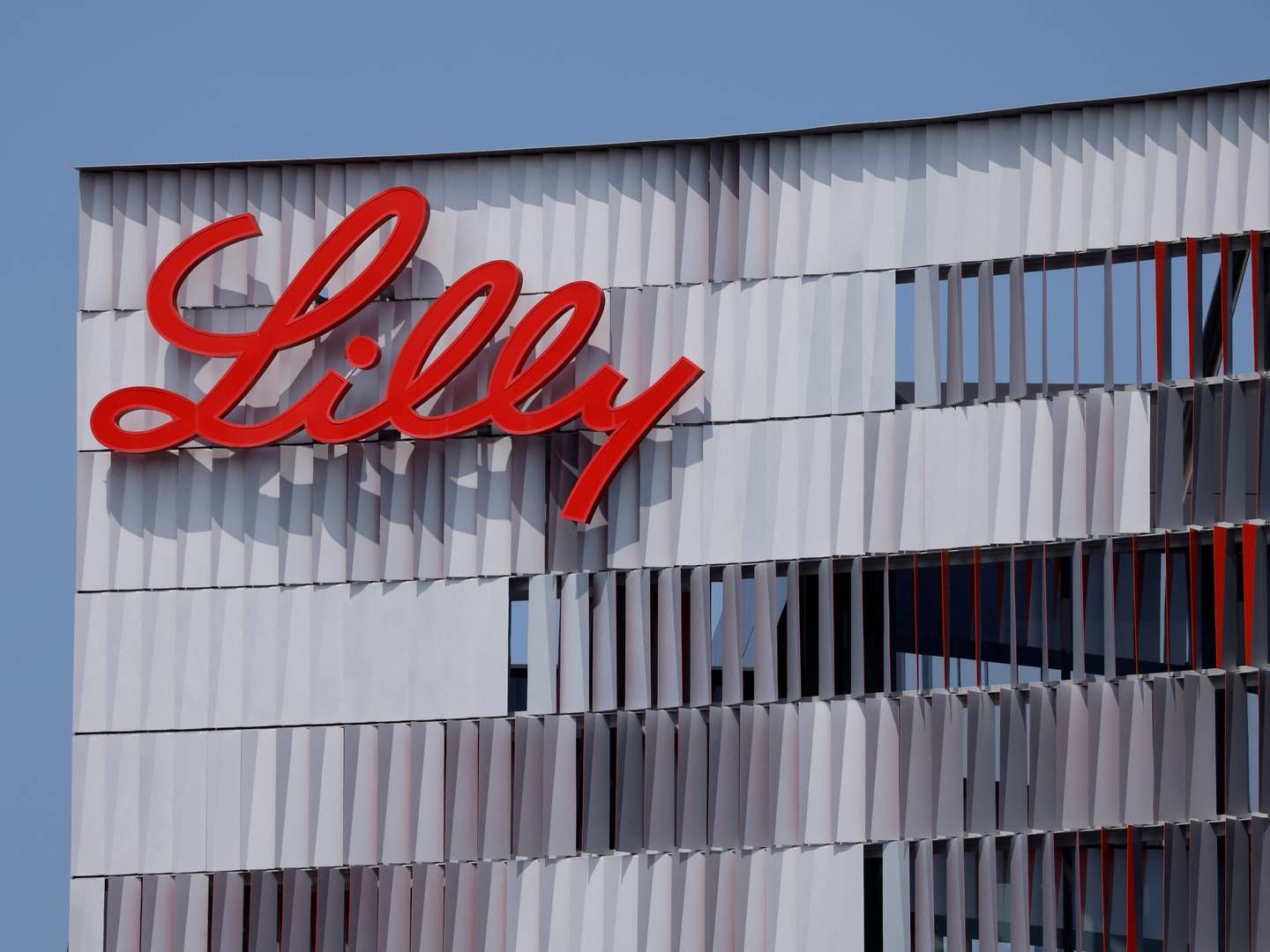
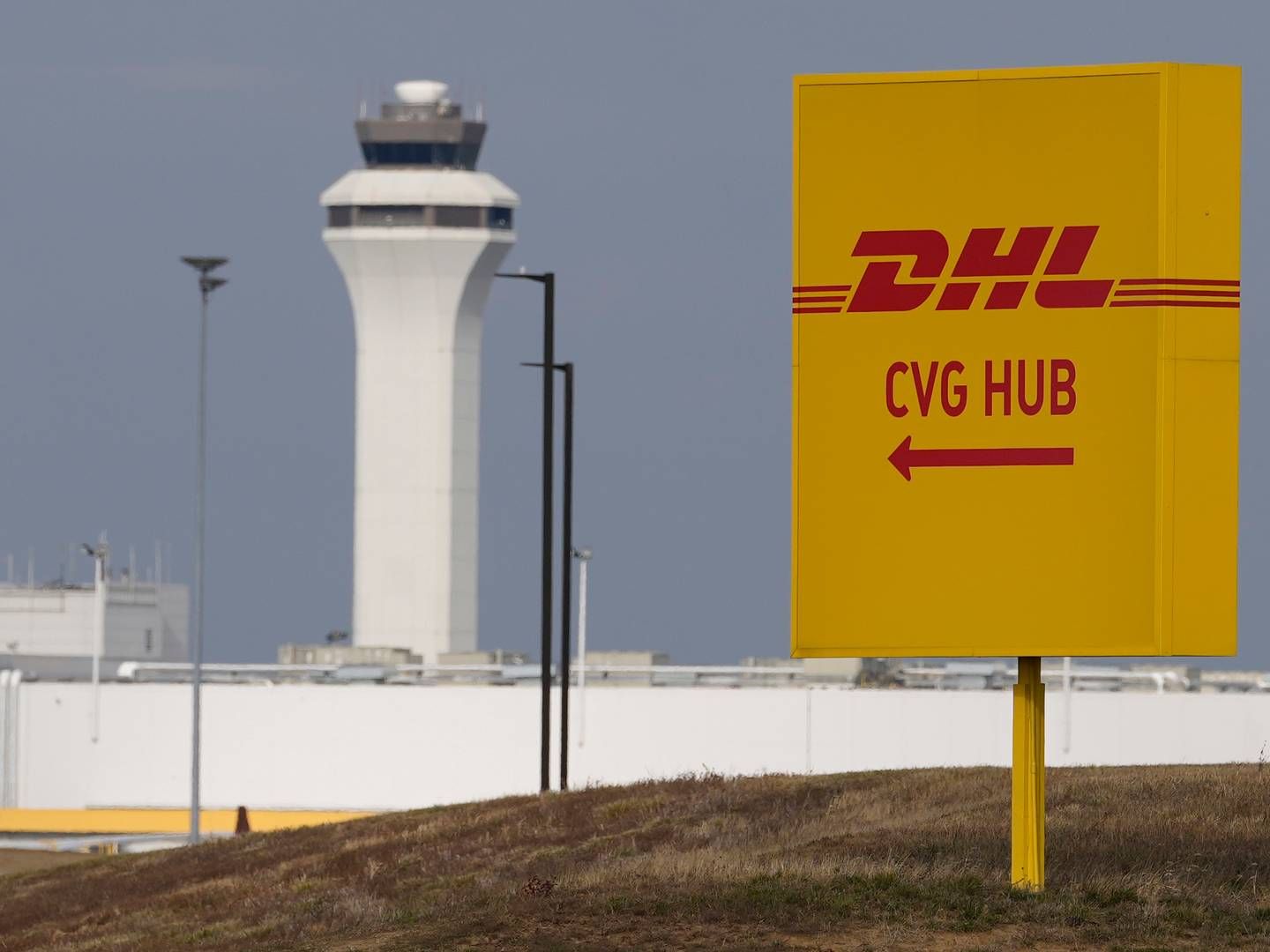
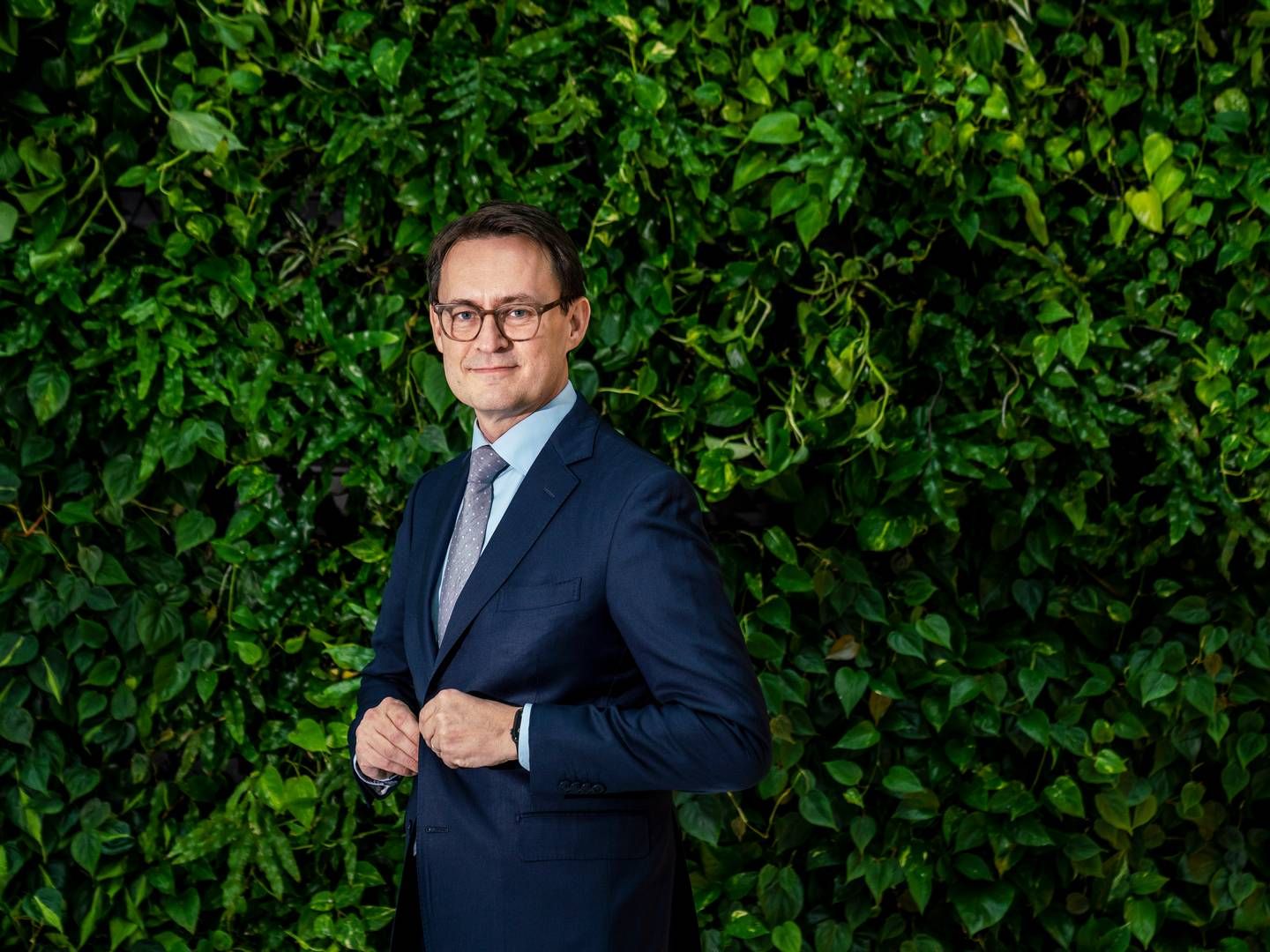
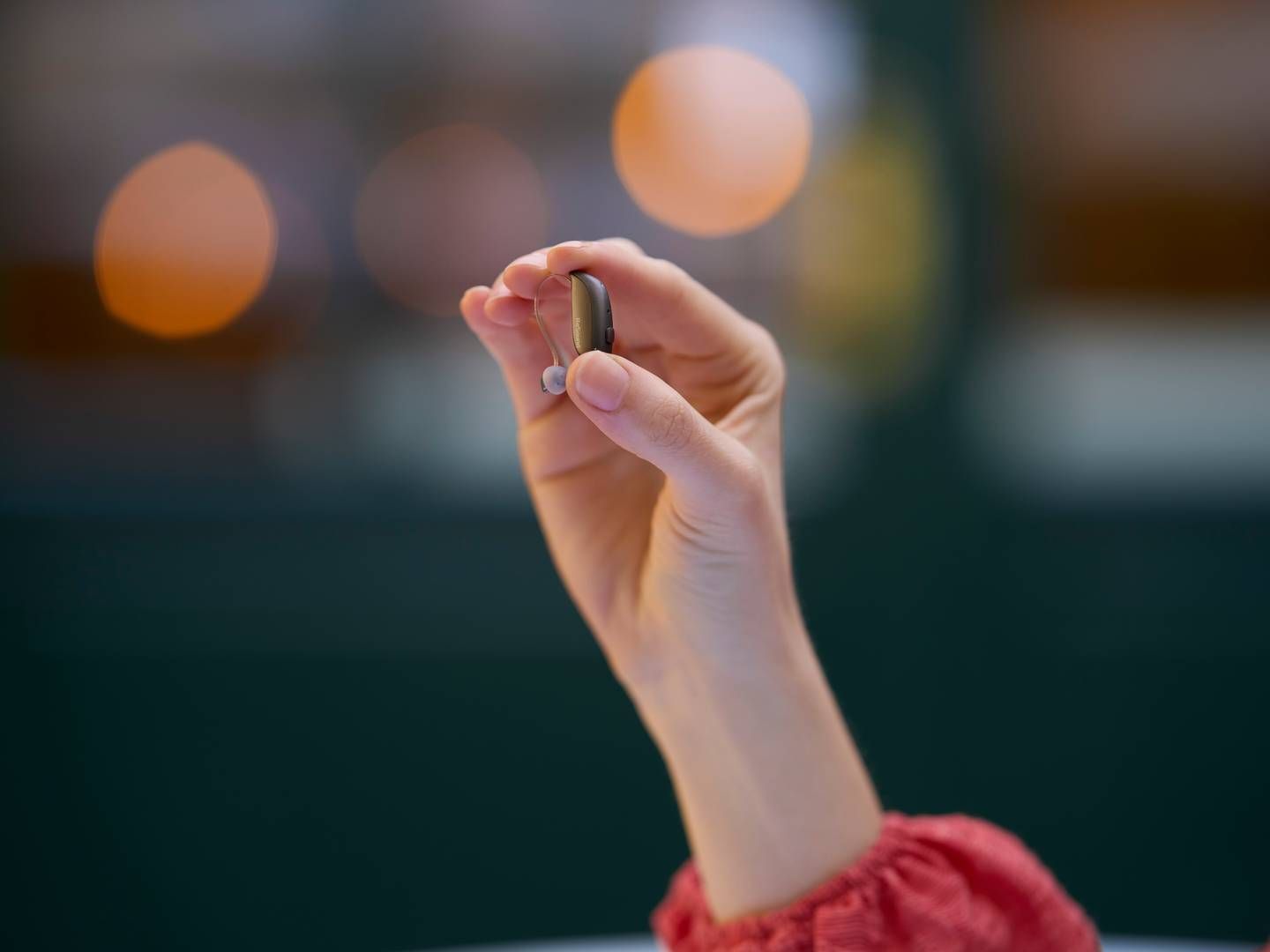













.jpg&w=384&q=75)
